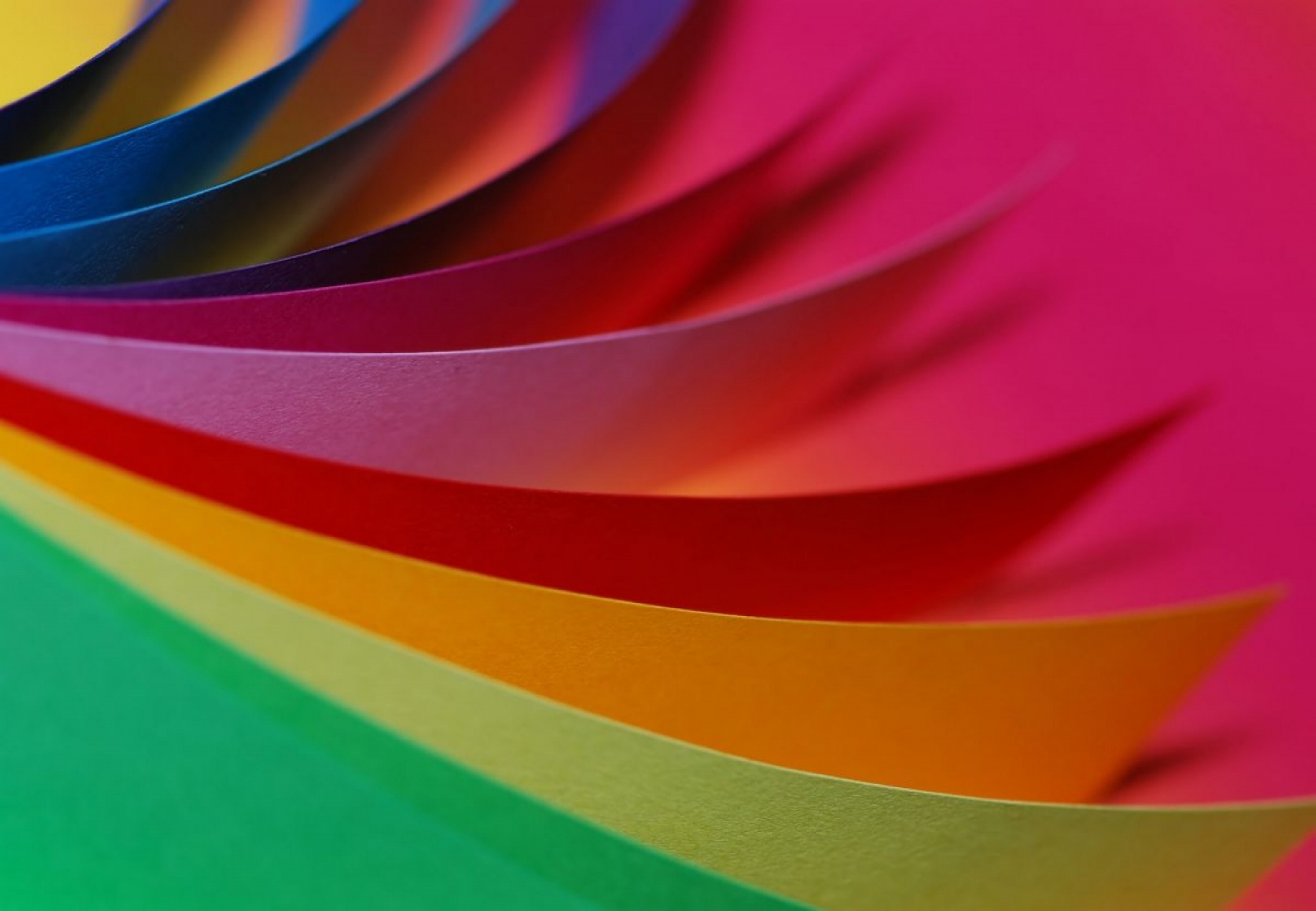Photo: Image Catalog
When was the last time you took the time to look, touch, feel and experience a printed product, be it a letter, card, direct mail piece, magazine, book or brochure?
Print is so much more than just a printed document. It provides the recipient with an opportunity to really engage on a number of levels. OK, so I do know I’m now sounding a bit obsessed, but anyone in the ADC office will be able to vouch for my long standing penchant for all things paper. It has to be said though, that innovative, creative and textured papers can provide an excellent opportunity to differentiate a generic piece of print, in to one that is both visually striking and physically appealing to really make it stand out from the crowd.
Just like fashion, paper also follows the topical artistic trends of the day. Colour has always been a key driver when it comes to selecting paper with many of the more forward thinking brands launching new colours, shades and tints to reflect the latest fashionable trends. They are even known to engage the services of specialist colour experts to ensure their next product launch not only reflects current trends, but also anticipates the shades and tints of the season ahead.
Physical texture and appearance has also changed over the years. Take for example the high gloss era of the 60s and 70s which very much reflected the introduction and experimentation of newly introduced substrates that not only captivated the world of textiles and high fashion, but also saw its way in to furnishings and consumer goods. It’s not surprising that this trend translated in to paper-based products. Compare this high gloss, reflective often plastic-quality finish to more recent consumer preference and purchasing habits which are demanding the exact opposite where ultra-smooth and matt substrates bring a touch of nostalgia to the product. Today, the trend is very much for papers that are more textured, tactile and physically attractive that give an instantly engaging element of appeal to the finished product.
It wasn’t so long ago that recycled paper was all the rage, and by using paper that had distinctly ‘recycled’ properties, proved that you were doing your bit to save the planet. The irony of it is, recycled paper became a product of its own success. Initially there were complaints about the finish and colour of recycled papers which was too rough and coarse for many applications. This was quickly addressed by the paper manufacturers who started to produce bright white, smooth recycled paper, which in turn was criticised for ‘not looking recycled enough’. When you think about it, even virgin fibre papers produced from managed forests have a positive sustainable story to tell these days, being one of the sustainable products you can use, and this in itself has limited the appeal of recycled papers.
While fashions, fads and trends come and go, paper has clearly demonstrated that not only is it a dedicated follower of fashion, it’s also a born survivor. Its known history dates back to China around 100 BC, although the concept of paper can be traced back further to the ancient Egyptians. And yet throughout its long history, paper has consistently proved its ability to find innovative and creative ways to reinvent its appeal for the modern age.
